Mercedes GLB vs Renault Captur – Which model is better for everyday use?
Everyday use, family trips or long-distance drives – here’s where the differences show.
Discover whether Mercedes GLB or Renault Captur fits your lifestyle better.
Costs and Efficiency:
Looking at overall running costs, both models reveal some interesting differences in everyday economy.
Renault Captur has a convincingly advantage in terms of price – it starts at 20100 £, while the Mercedes GLB costs 40500 £. That’s a price difference of around 20375 £.
Fuel consumption also shows a difference: Renault Captur manages with 4.50 L and is therefore clearly perceptible more efficient than the Mercedes GLB with 5.60 L. The difference is about 1.10 L per 100 km.
Engine and Performance:
Power, torque and acceleration say a lot about how a car feels on the road. This is where you see which model delivers more driving dynamics.
When it comes to engine power, the Mercedes GLB has a convincingly edge – offering 320 HP compared to 158 HP. That’s roughly 162 HP more horsepower.
In acceleration from 0 to 100 km/h, the Mercedes GLB is clearly quicker – completing the sprint in 5.50 s, while the Renault Captur takes 8.50 s. That’s about 3 s faster.
In terms of top speed, the Mercedes GLB performs distinct better – reaching 250 km/h, while the Renault Captur tops out at 180 km/h. The difference is around 70 km/h.
There’s also a difference in torque: Mercedes GLB pulls distinct stronger with 400 Nm compared to 270 Nm. That’s about 130 Nm difference.
Space and Everyday Use:
Cabin size, boot volume and payload all play a role in everyday practicality. Here, comfort and flexibility make the difference.
Both vehicles offer seating for 5 people.
In curb weight, Renault Captur is clearly perceptible lighter – 1293 kg compared to 1640 kg. The difference is around 347 kg.
In terms of boot space, the Mercedes GLB offers noticeable more room – 570 L compared to 422 L. That’s a difference of about 148 L.
In maximum load capacity, the Mercedes GLB performs distinct better – up to 1805 L, which is about 442 L more than the Renault Captur.
When it comes to payload, Mercedes GLB minimal takes the win – 500 kg compared to 457 kg. That’s a difference of about 43 kg.
Who wins the race?
The Mercedes GLB proves to be outperforms in nearly all aspects and therefore becomes our DriveDuel Champion!
Mercedes GLB is the better all-rounder in this comparison.
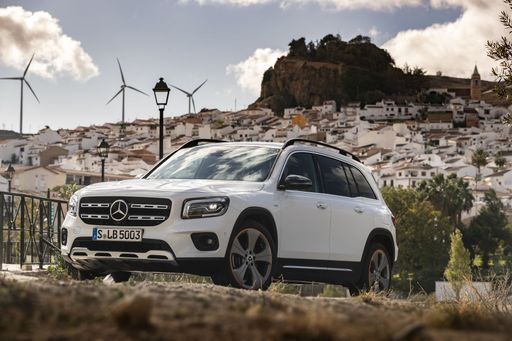
Mercedes GLB
Mercedes GLB
The Mercedes-Benz GLB exudes a robust yet sophisticated presence, combining the versatility of an SUV with the elegance the brand is renowned for. Its spacious interior is thoughtfully designed to accommodate modern lifestyles, offering flexibility and comfort for both drivers and passengers. With advanced technology seamlessly integrated throughout, the GLB ensures a driving experience that is both dynamic and intuitive.
details @ group-media.mercedes-benz.com
@ group-media.mercedes-benz.com
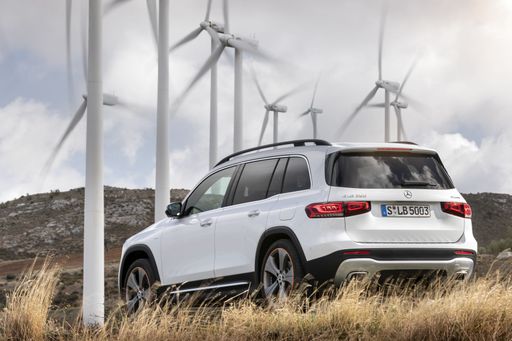 @ group-media.mercedes-benz.com
@ group-media.mercedes-benz.com
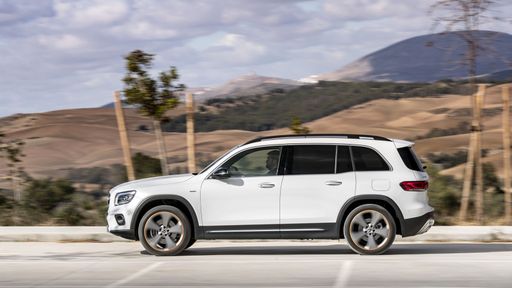 @ group-media.mercedes-benz.com
@ group-media.mercedes-benz.com
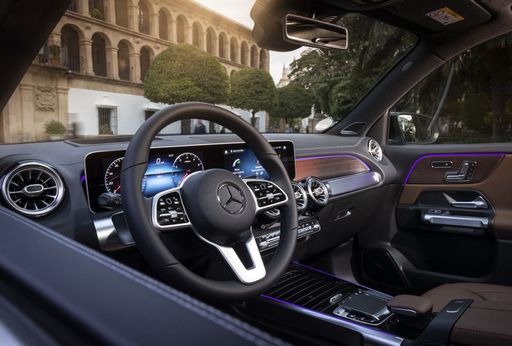 @ group-media.mercedes-benz.com
@ group-media.mercedes-benz.com
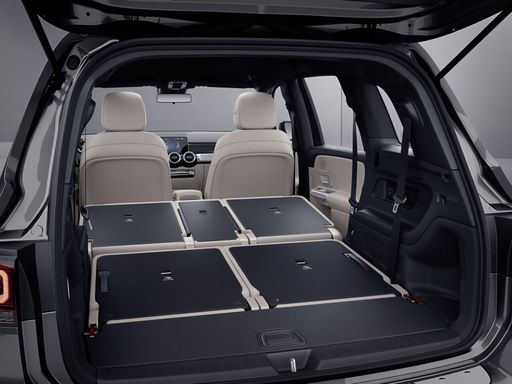 @ group-media.mercedes-benz.com
@ group-media.mercedes-benz.com
Renault Captur
The Renault Captur is a compact SUV that combines stylish design with practical functionality, making it a popular choice for urban drivers. Its interior offers a versatile and comfortable space, featuring high-quality materials and modern technology. On the road, the Captur delivers a smooth and efficient driving experience, perfect for both city commutes and weekend adventures.
details @ renault-presse.de
@ renault-presse.de
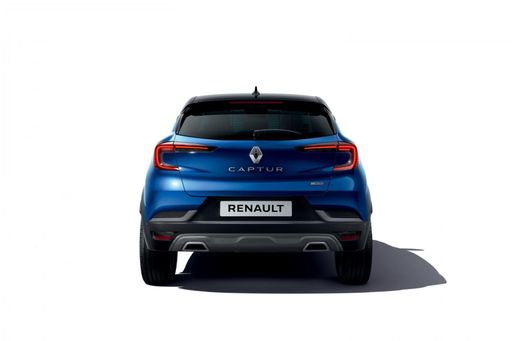 @ renault-presse.de
@ renault-presse.de
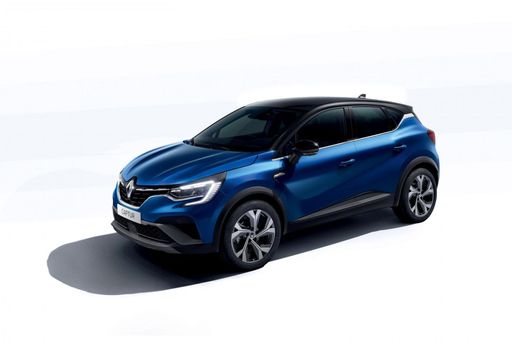 @ renault-presse.de
@ renault-presse.de
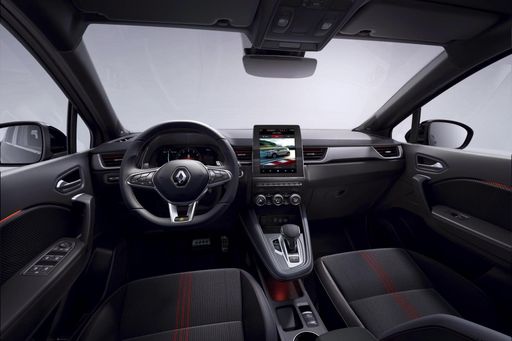 @ renault-presse.de
@ renault-presse.de

|

|
|
|
|
Costs and Consumption |
|
|---|---|
|
Price
40500 - 65300 £
|
Price
20100 - 28300 £
|
|
Consumption L/100km
5.6 - 9 L
|
Consumption L/100km
4.5 - 6 L
|
|
Consumption kWh/100km
-
|
Consumption kWh/100km
-
|
|
Electric Range
-
|
Electric Range
-
|
|
Battery Capacity
-
|
Battery Capacity
-
|
|
co2
146 - 204 g/km
|
co2
102 - 135 g/km
|
|
Fuel tank capacity
52 - 60 L
|
Fuel tank capacity
48 L
|
Dimensions and Body |
|
|---|---|
|
Body Type
SUV
|
Body Type
SUV
|
|
Seats
5
|
Seats
5
|
|
Doors
5
|
Doors
5
|
|
Curb weight
1640 - 1820 kg
|
Curb weight
1293 - 1514 kg
|
|
Trunk capacity
565 - 570 L
|
Trunk capacity
326 - 422 L
|
|
Length
4634 - 4650 mm
|
Length
4239 mm
|
|
Width
1834 - 1850 mm
|
Width
1797 mm
|
|
Height
1665 - 1692 mm
|
Height
1575 mm
|
|
Max trunk capacity
1800 - 1805 L
|
Max trunk capacity
1276 - 1363 L
|
|
Payload
500 kg
|
Payload
376 - 457 kg
|
Engine and Performance |
|
|---|---|
|
Engine Type
Petrol MHEV, Diesel
|
Engine Type
Petrol MHEV, Petrol, Full Hybrid
|
|
Transmission
Automatic
|
Transmission
Manuel, Automatic
|
|
Transmission Detail
Dual-Clutch Automatic
|
Transmission Detail
Manual Gearbox, Dual-Clutch Automatic, Automatic Gearbox
|
|
Drive Type
Front-Wheel Drive, All-Wheel Drive
|
Drive Type
Front-Wheel Drive
|
|
Power HP
116 - 320 HP
|
Power HP
91 - 158 HP
|
|
Acceleration 0-100km/h
5.5 - 11.5 s
|
Acceleration 0-100km/h
8.5 - 14.3 s
|
|
Max Speed
188 - 250 km/h
|
Max Speed
168 - 180 km/h
|
|
Torque
230 - 400 Nm
|
Torque
160 - 270 Nm
|
|
Number of Cylinders
4
|
Number of Cylinders
3 - 4
|
|
Power kW
85 - 235 kW
|
Power kW
67 - 116 kW
|
|
Engine capacity
1332 - 1991 cm3
|
Engine capacity
999 - 1789 cm3
|
General |
|
|---|---|
|
Model Year
2025
|
Model Year
2024 - 2025
|
|
CO2 Efficiency Class
E, F, G
|
CO2 Efficiency Class
D, C
|
|
Brand
Mercedes-Benz
|
Brand
Renault
|
What drivetrain options does the Mercedes GLB have?
Available configurations include Front-Wheel Drive or All-Wheel Drive.
The prices and data displayed are estimates based on German list prices and may vary by country. This information is not legally binding.
